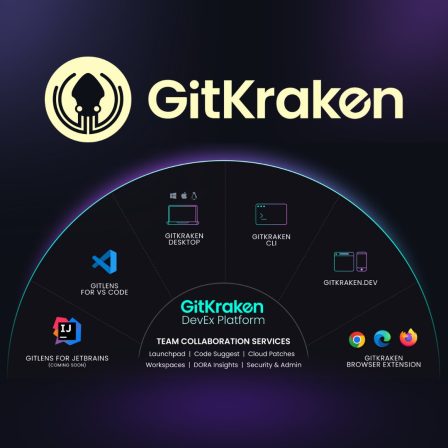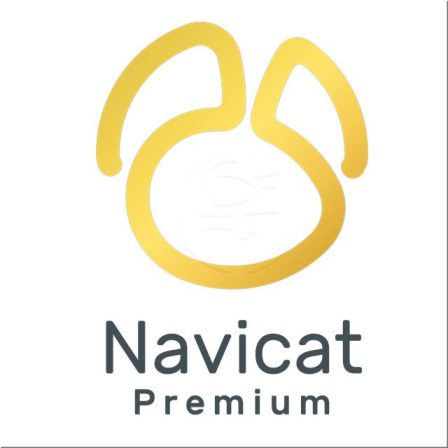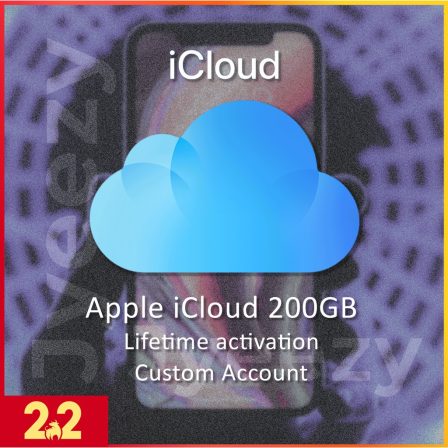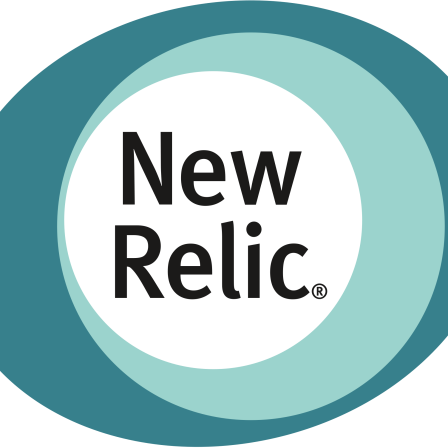There is no item in your cart
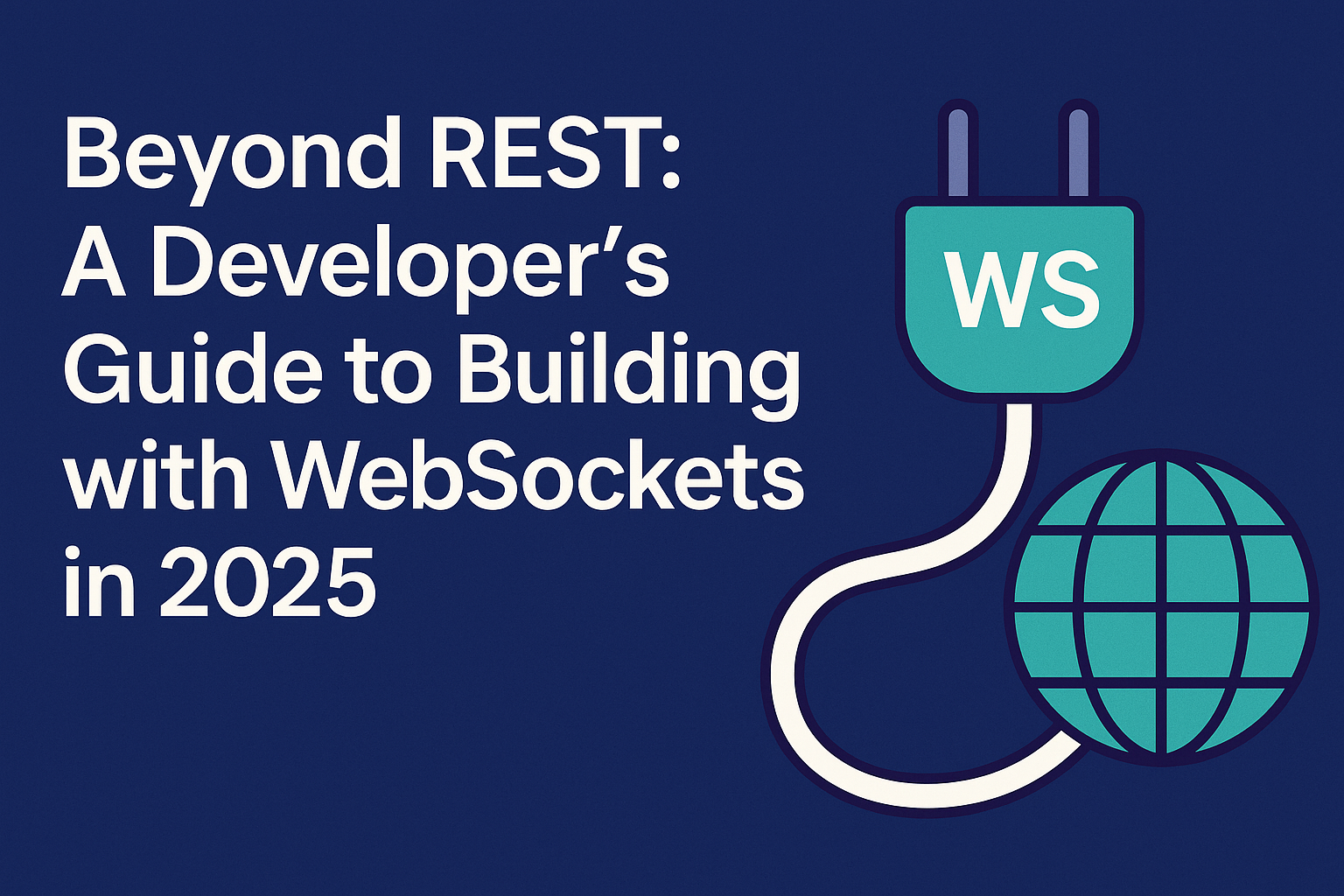
Beyond REST: A Developer’s Guide to Building with WebSockets in 2025
You’re building a live dashboard, a chat feature, or a multiplayer game. The classic HTTP request-response cycle feels clumsy and slow. You need a persistent, two-way connection between your client and server for instant communication. It’s time to talk about WebSockets.
While the WebSocket protocol has been around for years, the strategies and tools for building scalable, resilient real-time applications have matured significantly. This guide will break down the core concepts of WebSockets and explore the most critical architectural decision you’ll need to make: self-hosting vs. using a managed service.
What are WebSockets, Really?
A WebSocket is a communication protocol that provides a full-duplex communication channel over a single, long-lived TCP connection.
- The Analogy: If a REST API is like sending letters back and forth (a new letter for every request and every response), a WebSocket is like having an open telephone line. Once the connection is established, both the client and the server can talk at any time without having to “dial” again.
This allows the server to push information to the client instantly, which is the foundation of any real-time feature.
The Two Paths: Self-Hosting vs. Managed Services
- Self-Hosting: The Hard Way
- What it involves: Using libraries like
Socket.IOfor Node.js or similar libraries in Python/Go to build your own WebSocket server from scratch. You are responsible for everything: managing server state, handling thousands of persistent connections, load balancing, ensuring high availability, and scaling the infrastructure as your user base grows. - Pros: Complete control over your infrastructure and potentially lower cost at massive scale.
- Cons: It is extremely complex to get right. Managing stateful, long-lived connections is a fundamentally harder problem than managing stateless HTTP requests. It requires significant DevOps expertise.
- Your Toolkit: You’ll need a flexible hosting platform like [Heroku] that supports WebSocket connections and a powerful observability tool like [New Relic] to debug the inevitable, complex issues that arise in a distributed real-time system.
- What it involves: Using libraries like
- Managed Services: The Smart Way
- What it involves: Using a third-party, real-time platform like Pusher, Ably, or a cloud provider’s service like AWS AppSync. You integrate their SDK into your client and backend.
- Pros: You can get a robust, globally-scalable real-time feature up and running in hours, not months. They handle all the hard parts—connection management, scaling, reliability, and security—allowing you to focus entirely on your application’s features.
- Cons: Less granular control over the underlying infrastructure and can become more expensive than self-hosting if you reach a truly massive scale (we’re talking hundreds of millions of messages).
The Decision Framework
- When should you self-host? When real-time communication is your absolute core business (e.g., you are building the next Slack or Figma from scratch) AND you have a dedicated, expert-level DevOps/SRE team to manage the immense operational complexity.
- When should you use a managed service? For almost everyone else. The dramatic reduction in complexity and the massive speed-up in development time almost always outweigh the cost, especially for small to medium-sized applications or for teams adding their first real-time feature.
Conclusion
Real-time features are becoming a standard user expectation. The architectural choice between self-hosting your WebSocket infrastructure or leveraging a managed service is one of the most critical decisions you’ll make. For most developers and teams in 2025, a managed service is the pragmatic, efficient, and reliable path to delivering amazing live experiences to your users, faster.
Building powerful real-time applications starts with the right architecture and the right tools. Whether you’re self-hosting your WebSocket server on [Heroku] or monitoring your application’s performance with [New Relic], SMONE provides the foundational tools for modern developers. Explore our collection and build the next generation of live, interactive experiences.


